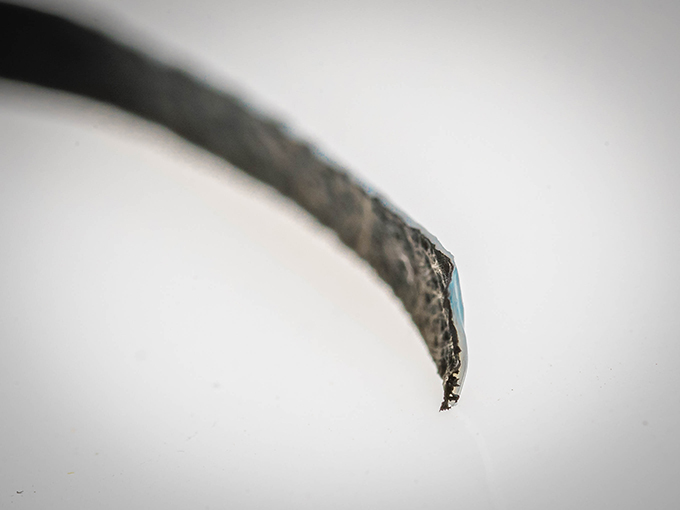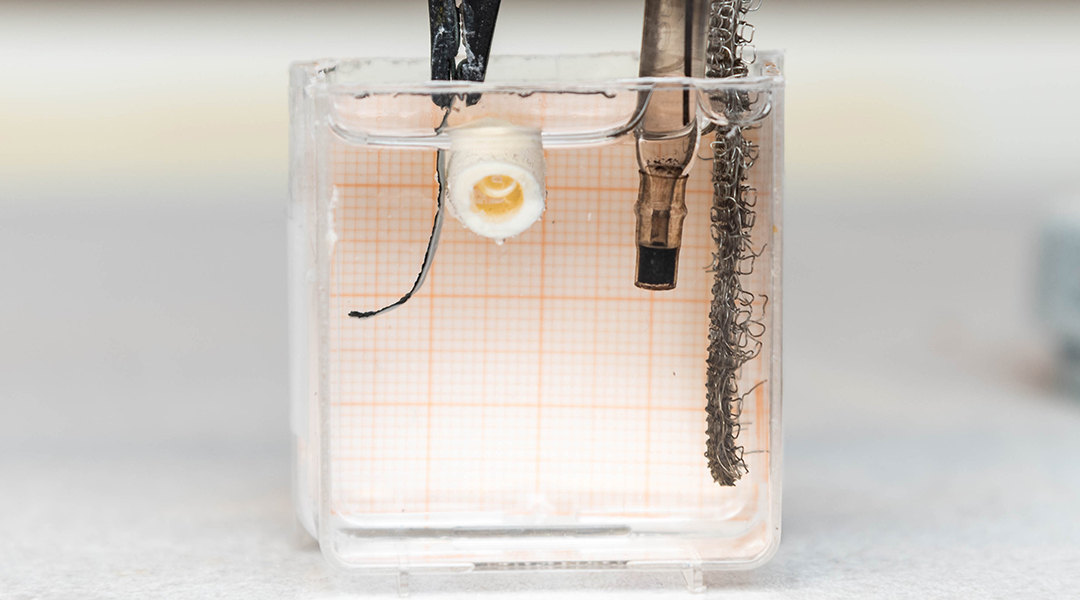Nature, as always, provides a wealth of inspiration for researchers seeking to create innovative new technologies or make groundbreaking discoveries. In this case, it’s applying mineralization processes found in the body to develop microrobots that can grow their own bone.
This might conjure up an image of a skeleton robot, which admittedly would be fascinating, though while we’re not quite there yet, technology always starts somewhere. Reported in the journal Advanced Materials, a team of researchers led by Edwin Jager, associate professor at Linköping University, developed a variable stiffness material made from soft “tissue” that hardens into solid bone.
“The inspiration was mostly curiosity driven, but the need for variable stiffness in soft robotics was always in the back of my mind,” said Jager in an email to ASN. “I met a Japanese researcher during a research stay in Japan who had made a discovery that cell nanofragments could result in rapid bone formation. We discussed this over lunch, and explored the idea to see whether these new materials could be [used] to develop soft actuators and soft microrobotics that could grow their own bones.”
Though Jager points out their microrobots are still simple in the sense that they are just actuators with embedded intelligence, they have promising application in a number of fields.
In soft robotics, the initially soft material could be easily inserted through small holes or spaces and then rigidify into different load-bearing parts, such as a body or legs and arms, while the hinges stay flexible, facilitating the construction of more complex microrobots.

“One can also think about guidewires and catheters that need different properties during a procedure,” said Jager. “Or for bone repair, you want the material to be soft and flexible during insertion and stiffen after to repair a fracture.”
The actuators reported in the current study are created by combining an electroactive polymer, in this case polypyrrole (PPy), with a gel that contains embedded cell membrane nanofragments extracted from bone-forming cells. Ppy changes its volume in response to an applied voltage, resulting in bending of the material in a desired direction.
“The PPy layer functions as an artificial muscle and makes the actuator bend, “explained Jager. “When immersed in a solution containing calcium, the nanofragements start to initiate the formation of minerals, which grow into larger and larger minerals, as is done in the body during bone formation.”
By adding patterns to the actuators, the team can control the direction they move in and subsequently, what final shapes they take on. These movements become embedded in the material’s structure, meaning no external devices or programs are required to apply them. For example, preprogramming how the material moves would allow it to unfurl and blend into complex fractures, forming new bone tissue to repair the injury.
“Next steps are working on more complex microrobot devices and looking into the repair of complex bone fractures,” said Jager. “But also, more fundamental studies of bone formation in these gels.”
Reference: Danfeng Cao, et al., Biohybrid Variable-Stiffness Soft Actuators that Self-Create Bone, Advanced Materials (2022). DOI: 10.1002/adma.202107345
Feature image credit: Olov Planthaber/LiU

















